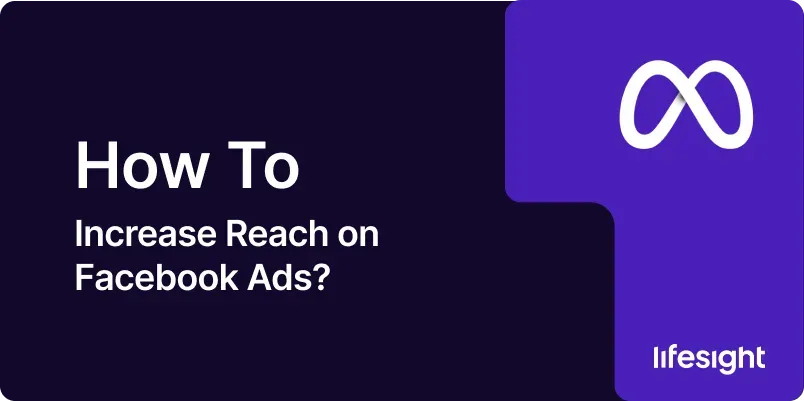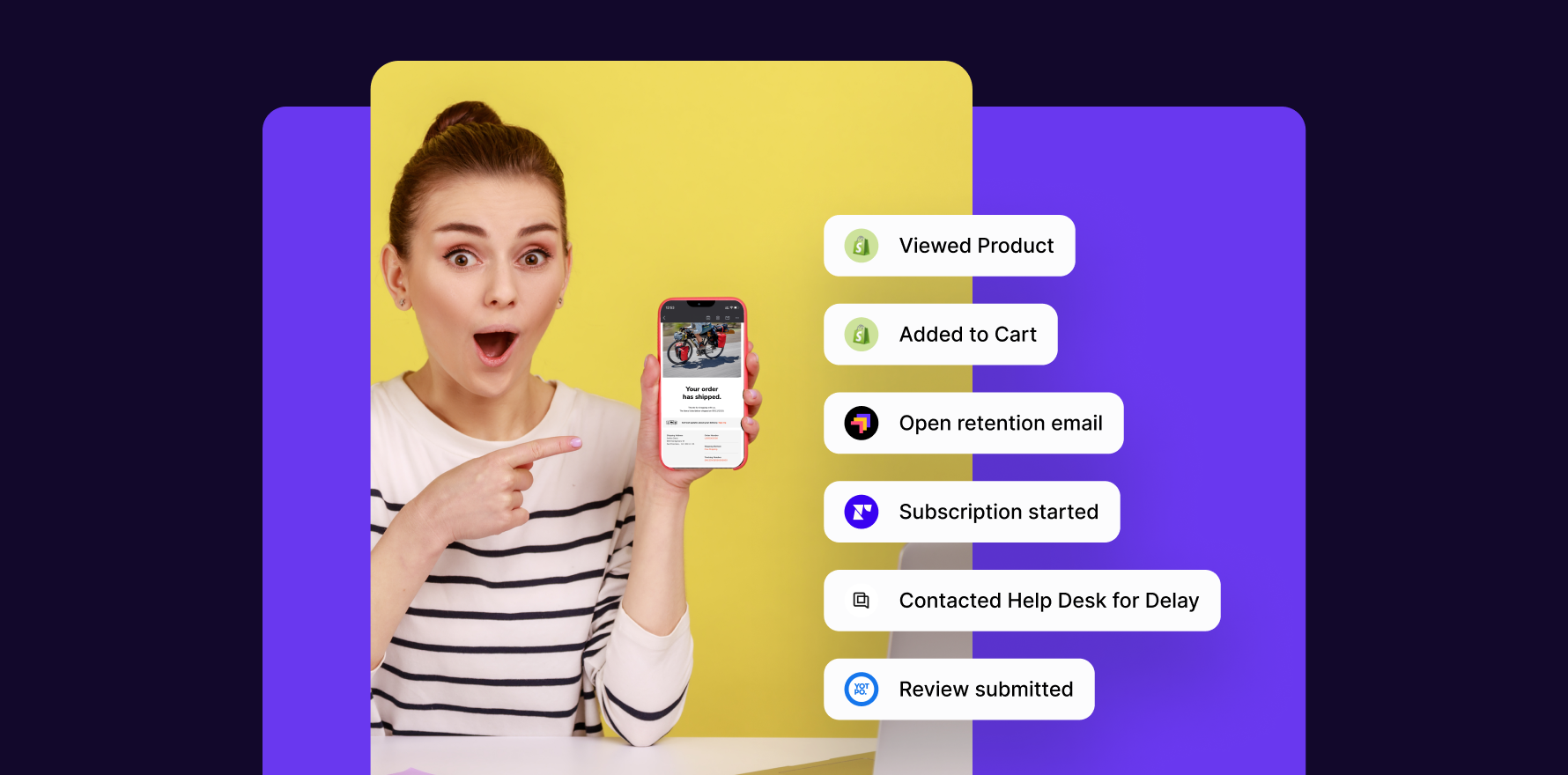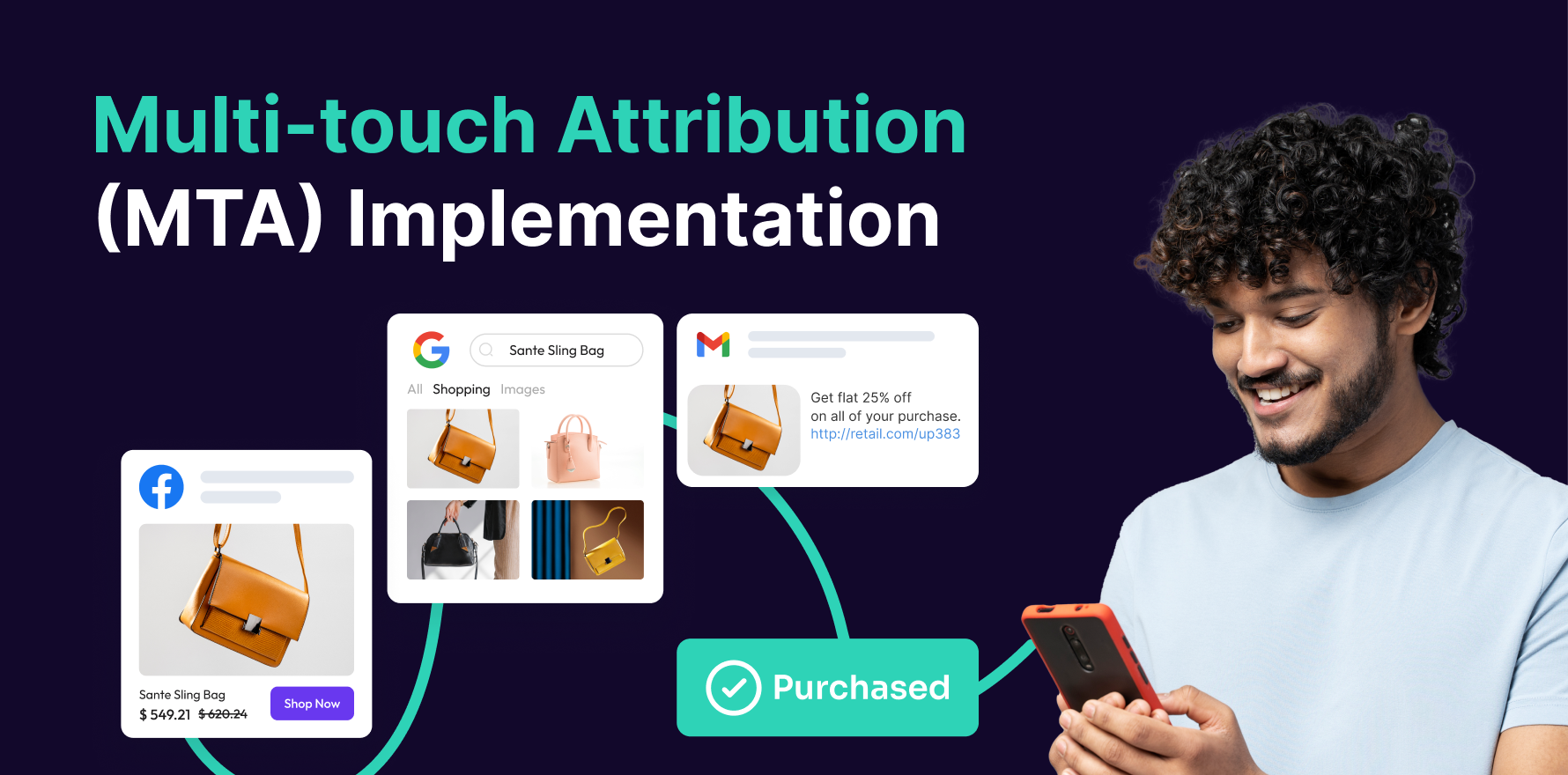
Increasing reach on Facebook Ads is a critical objective for any business aiming to maximize its visibility and impact across the platform. Reach refers to the number of unique users who see your ads, and expanding this metric can significantly enhance brand awareness, engagement, and overall marketing effectiveness. This guide provides a detailed, step-by-step approach to boosting your reach on Facebook Ads, from optimizing ad campaigns to leveraging advanced targeting strategies.
Introduction
Facebook Ads offer a powerful way to connect with your target audience and drive business growth. However, achieving optimal reach requires more than just setting up ads; it involves strategic planning, careful targeting, and ongoing optimization. This guide will walk you through ten essential steps to increase your reach on Facebook Ads, helping you enhance your visibility and achieve your marketing goals.
Step-by-Step Guide
Step 1: Define Your Objectives
- Identify Campaign Goals: Clearly define your campaign objectives. Are you aiming to build brand awareness, generate leads, or drive traffic to your website? Your goals will influence your approach to increasing reach.
- Set Key Performance Indicators (KPIs): Determine the metrics you’ll use to measure success. Common KPIs for reach include total impressions, reach, and frequency.
- Allocate Budget Accordingly: Decide how much you’re willing to spend on your reach-focused campaigns. Ensure your budget aligns with your goals and is sufficient to achieve the desired level of reach.
- Select Ad Formats: Choose ad formats that are well-suited to your objectives. Options include image ads, video ads, carousel ads, and slideshow ads. Each format has different potential for reach and engagement.
- Determine Target Audience Size: Consider the size of your target audience. A larger audience may lead to a higher reach but can affect ad relevance and cost.
Step 2: Optimize Audience Targeting
- Use Broad Targeting Options: Begin with broad targeting criteria to reach a larger audience. For example, target users based on demographics, interests, and behaviors.
- Leverage Custom Audiences: Create Custom Audiences from your existing customer base or website visitors. These audiences are more likely to engage with your ads, expanding your reach indirectly.
- Create Lookalike Audiences: Use Lookalike Audiences to find new users similar to your best customers. This method helps you reach individuals who are likely to be interested in your products or services.
- Expand Geographic Targeting: Increase your reach by broadening geographic targeting. Include additional locations or regions to capture a larger audience.
- Test Different Targeting Options: Experiment with different audience segments to find which combinations yield the highest reach. Analyze performance data to refine your targeting strategy.
Step 3: Craft Engaging Ad Creative
- Design Eye-Catching Visuals: Create visually appealing ad graphics or videos. High-quality, engaging visuals are more likely to attract attention and increase reach.
- Write Compelling Ad Copy: Craft ad copy that resonates with your audience. Use clear, persuasive language and include a strong call-to-action (CTA) to encourage user interaction.
- Utilize Dynamic Creative: Implement dynamic creative optimization to automatically test different ad variations and deliver the most effective combinations to users.
- Incorporate User-Generated Content: Use user-generated content (UGC) in your ads to build trust and authenticity. UGC can enhance engagement and extend your reach.
- Adapt to Ad Placements: Tailor your ad creative to different placements, such as Facebook News Feed, Instagram Stories, and Audience Network. Optimizing for each placement ensures maximum visibility.
Step 4: Leverage Facebook’s Ad Tools
- Use Audience Insights: Access Audience Insights to understand the demographics, interests, and behaviors of your target audience. This data helps refine your targeting and expand reach.
- Implement Facebook’s Reach Objectives: Select reach as your campaign objective in Facebook Ads Manager. This option optimizes your ad delivery to maximize the number of unique users who see your ads.
- Utilize Campaign Budget Optimization (CBO): Enable Campaign Budget Optimization to automatically allocate your budget across ad sets based on performance. This feature helps optimize reach and cost efficiency.
- Test Automatic vs. Manual Placements: Experiment with automatic placements to let Facebook optimize ad delivery across its network. Compare results with manual placements to determine the best strategy for reach.
- Leverage Facebook Pixel: Install and configure Facebook Pixel to track user interactions and improve targeting. Pixel data helps refine ad delivery and enhance reach.
Step 5: Optimize Ad Delivery and Frequency
- Adjust Ad Frequency: Monitor and manage ad frequency to avoid ad fatigue. High frequency can lead to diminishing returns, so balance exposure to maximize reach.
- Use Frequency Cap Settings: Set frequency caps to limit how often the same user sees your ad. This strategy helps maintain user engagement and extend your reach.
- Analyze Ad Performance: Regularly review ad performance metrics to identify trends and adjust your strategy. Focus on metrics such as reach, impressions, and engagement.
- Optimize Delivery for Reach: Use Facebook’s optimization tools to adjust delivery settings for maximum reach. Consider factors like audience size and bid strategy.
- Adjust Ad Scheduling: Experiment with different ad schedules to determine when your audience is most active. Scheduling ads at optimal times can increase reach and engagement.
Step 6: Increase Ad Budget
- Monitor Budget Performance: Analyze how your current budget impacts reach. Determine if increasing your budget could lead to a higher number of unique users seeing your ads.
- Gradually Increase Spend: Incrementally increase your ad budget to avoid sudden spikes in cost. Gradual adjustments help maintain cost efficiency and optimize reach.
- Allocate Budget to High-Performing Ads: Shift budget allocation to ad sets or campaigns that demonstrate strong performance and higher reach potential.
- Evaluate Return on Ad Spend (ROAS): Measure ROAS to ensure that increased spending is generating a positive return. Adjust your budget based on performance data.
- Set Up Automated Rules: Use automated rules in Ads Manager to adjust your budget based on predefined criteria. Automated rules help manage spending and optimize reach.
Step 7: Run Ad Campaigns Continuously
- Maintain a Consistent Presence: Keep your ads running consistently to build brand awareness and maintain reach. Continuous campaigns help keep your brand top-of-mind for users.
- Use Seasonal or Event-Based Campaigns: Capitalize on seasonal trends or events to boost reach. Tailor your ad campaigns to align with relevant occasions or promotions.
- Refresh Ad Creative Regularly: Update your ad creative periodically to keep content fresh and engaging. Regular updates prevent ad fatigue and maintain user interest.
- Analyze Long-Term Trends: Track reach over time to identify long-term trends and patterns. Use this data to adjust your strategies and maintain optimal reach.
- Implement Retargeting Strategies: Use retargeting to re-engage users who have previously interacted with your brand. Retargeting helps expand reach and drive repeat engagement.
Step 8: Use Social Proof and Engagement
- Incorporate Social Proof: Highlight user reviews, testimonials, and social proof in your ads. Social proof builds credibility and encourages users to engage with your content.
- Encourage User Interaction: Design ads that prompt users to interact, such as participating in polls or sharing content. Higher engagement can lead to increased reach through social sharing.
- Leverage Influencer Partnerships: Collaborate with influencers to extend your reach. Influencers can amplify your message and introduce your brand to their followers.
- Create Shareable Content: Develop content that users are likely to share with their networks. Shareable content increases visibility and expands reach beyond your immediate audience.
- Utilize Facebook’s Engagement Tools: Use Facebook’s engagement tools, such as reactions, comments, and shares, to boost interaction and enhance reach.
Step 9: Analyze and Adjust Strategies
- Review Ad Performance Metrics: Regularly analyze metrics such as reach, impressions, and engagement. Identify which ads and strategies are performing best.
- Conduct A/B Testing: Run A/B tests to compare different ad variations and strategies. Use test results to refine your approach and improve reach.
- Gather Audience Feedback: Collect feedback from your audience to understand their preferences and interests. Use this information to tailor your ad content and targeting.
- Adjust Targeting Based on Insights: Modify your targeting criteria based on performance data and audience insights. Continuous adjustments help optimize reach and relevance.
- Implement Learnings in Future Campaigns: Apply insights and lessons learned from past campaigns to future efforts. Iterative improvements help enhance reach and overall campaign effectiveness.
Step 10: Stay Updated with Facebook’s Advertising Features
- Keep Up with New Features: Stay informed about new Facebook advertising features and tools. Facebook regularly updates its ad platform with new capabilities that can enhance reach.
- Attend Facebook Ads Webinars: Participate in webinars and training sessions offered by Facebook to learn about best practices and emerging trends.
- Join Facebook Advertising Communities: Engage with online communities and forums focused on Facebook advertising. Networking with other advertisers can provide valuable insights and tips.
- Follow Facebook’s Advertising Blog: Read Facebook’s official advertising blog for updates, case studies, and tips on optimizing ad campaigns.
- Experiment with Beta Features: Test new beta features and tools offered by Facebook to stay ahead of the competition and maximize your reach.
Summary
Increasing reach on Facebook Ads involves a strategic approach that encompasses defining clear objectives, optimizing audience targeting, crafting engaging ad creatives, leveraging Facebook’s ad tools, and continuously monitoring and adjusting your campaigns. By following this comprehensive guide, you can enhance your visibility, drive greater engagement, and achieve your marketing goals. Regularly review performance data, stay updated with new features, and refine your strategies to maintain and expand your reach on Facebook Ads.
Free essential resources for success
Discover more from Lifesight















